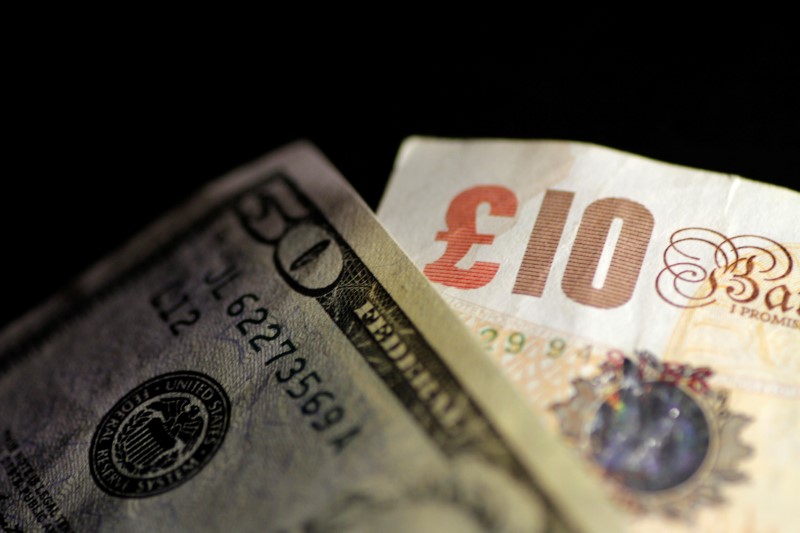Investing.com – The U.S. dollar gained in early European trade Friday, as more aggressive monetary tightening by a series of central banks, including the Bank of England, prompted a bout of risk aversion.
At 02:00 ET (06:00 GMT), the , which tracks the greenback against a basket of six other currencies, traded 0.3% higher at 102.280, trading just above its recent one-month low.
Sterling struggles after hefty BOE hike
fell 0.3% to 1.2706, struggling having jumped briefly in the wake of Thursday’s rate increase of 50 basis points by the to a near one-year high.
“Sterling initially jumped on the larger-than-expected rate hike only to fall back again – presumably on views that the BoE is ready to engineer a harder slow-down to get inflation under control. One could argue that as a growth-sensitive currency, this is all bad news for the pound,” said analysts at ING, in a note.
While higher interest rates are typically supportive of currencies, the risk that they will result in a recession in the U.K. has hit the pound and pushed some investors to seek safe-haven assets like the U.S. dollar.
Evidence of the economic slowdown came from U.K. data, released earlier Friday, which showed that sales fell 2.1% in May on an annual basis.
Powell signals more rate hikes, again
Federal Reserve Chair reiterated his opinion that U.S. could rise at least two more times this year to contain high inflation, as he completed his two-day testimony before Congress.
“We don’t want to do more than we have to,” Powell said at a hearing before the Senate Banking Committee on Thursday. “Overwhelmingly people on the (Federal Open Market) Committee do think that there’s more rate hikes coming but we want to make them at a pace that allows us to see incoming information.”
Additionally, the and both also raised interest rates by 25 bps and 50 bps, respectively, on Thursday, and likewise signaled that more tightening was likely to come.
Euro slips ahead of PMIs
dropped 0.3% to 1.0930, ahead of the release of the region’s surveys.
A softening in activity is largely expected, but solid numbers may also hit the euro as they would suggest higher rates ahead in a region which fell into recession in the first quarter of the year.
Elsewhere, the risk-sensitive fell 0.9% to 0.6694, while climbed 0.2% to 143.37, despite in Japan jumping to a 42-year high during the month of May, indicating that underlying Japanese inflation remained heated.
Read the full article here








